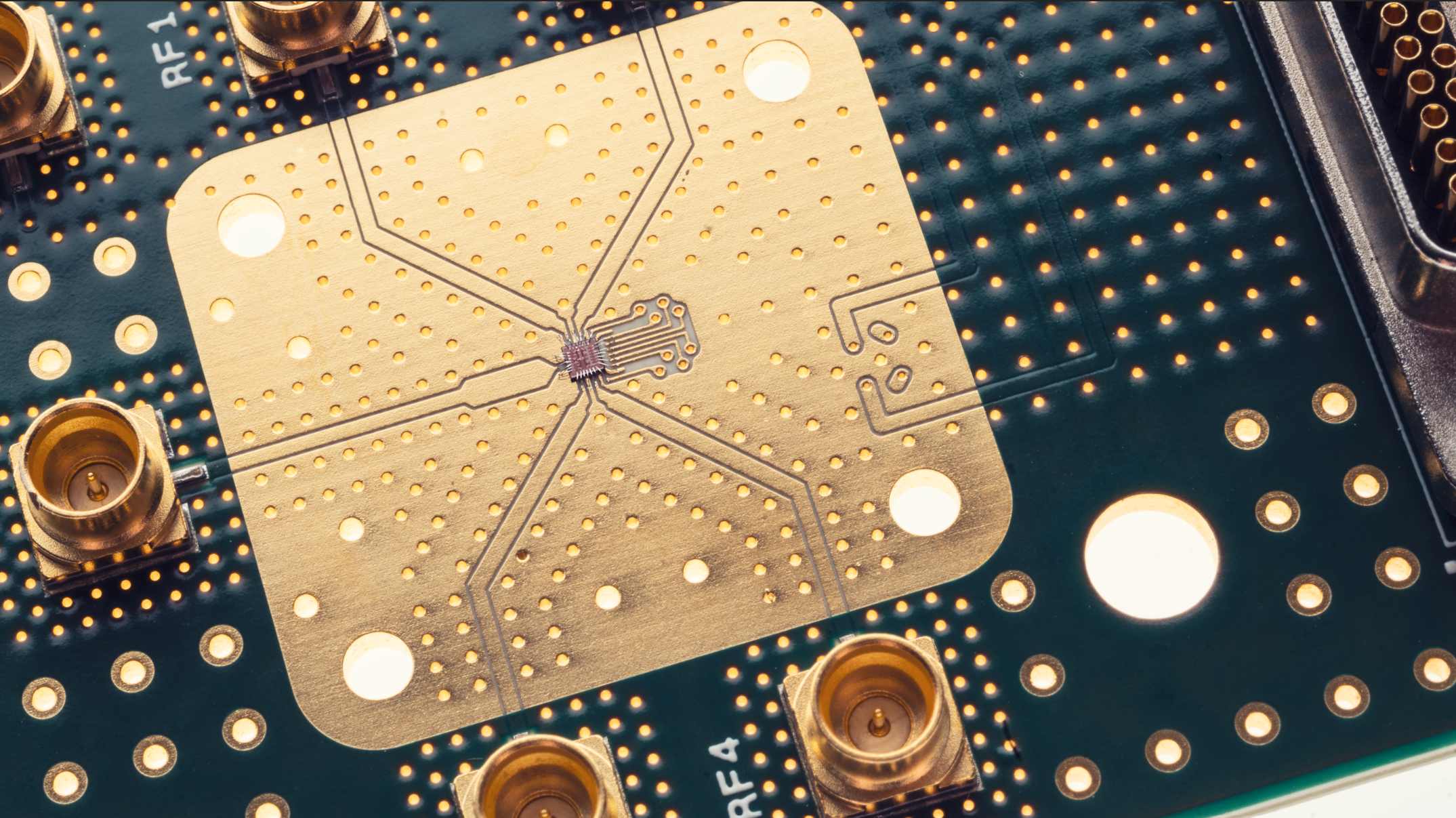Cryo-CMOS Readout for Scalable Superconducting Quantum Computing
PhD - Leuven | More than two weeks ago
Quantum computing stands at the frontier of technological innovation, poised to revolutionize how we process information and solve problems once deemed intractable. As humanity’s computational demands continue to grow, quantum technologies offer not only unprecedented performance but entirely new paradigms of information processing—some of which remain beyond our current imagination.
Over the past three decades, remarkable strides have been made by academic and industrial research groups alike, culminating in demonstrations of foundational quantum algorithms [1], quantum error correction [2], and even quantum supremacy [3]. Today, we are scaling prototype quantum processors beyond 100 qubits, with projections reaching ~1000 qubits using established methodologies [4]. Yet, for quantum computing to fulfil its transformative potential in real-world applications, we must scale to millions of qubits—an ambition that current technologies cannot support.
One of the most formidable challenges in scaling quantum computers lies in the control and signal wiring infrastructure. Superconducting qubits, like many other quantum systems, can only function reliably at extremely low temperatures—typically around 10 millikelvin (-273.14 °C). However, each qubit currently requires dedicated instrumentation and at least one signal wire connecting this ultra-cold environment to room-temperature electronics. This creates a severe bottleneck: the sheer volume of wiring needed not only limits scalability but also introduces thermal load and complexity that prevents scaling of today’s quantum systems. Overcoming this barrier demands a radical rethinking of how we interface with qubits at their native operating temperature.
At imec, we are pioneering a radical solution: millikelvin-compatible classical electronics. Our groundbreaking work has already demonstrated that cryo-CMOS microwave multiplexers can operate at qubit temperatures without degrading qubit performance [5], opening the door to a new class of integrated quantum-classical systems.
In this PhD project, we invite you to go further. Your mission: to demonstrate, for the first time, the direct detection of superconducting qubit states using custom-designed cryo-CMOS electronics operating at millikelvin temperatures. This breakthrough would eliminate the need for readout signal lines between the cryogenic stage and room-temperature instrumentation—solving a critical hardware scaling challenge and redefining the architecture of future quantum computers.
To achieve this, we seek a brilliant and driven student ready to explore the fundamental limits of cryo-CMOS detector electronics, help design ultra-low-power integrated circuits, and develop advanced packaging solutions that ensure compatibility with superconducting qubits. This is a rare opportunity to work at the intersection of quantum physics, cryogenic engineering, and cutting-edge microelectronics. We are looking for a highly motivated individual with a strong background in electrical engineering, circuit design, microwave technology, however, additional knowledge in quantum mechanics, physics, and thermal modelling is highly beneficial.
Join us in shaping the future of scalable quantum computing. Your work could lay the foundation for the next generation of quantum computers—and make a lasting impact on one of the most exciting fields in science and technology.
[1] Harrigan, et al., Nature Physics 17, 332–36 (2021).
[2] Krinner, et al., Nature605,669–74 (2022).
[3] Arute, et al., Nature 574, 505–10 (2019).
[4] Cho A., Science News, doi:10.1126/science.abe8122 (2022).
[5] Acharya, et al., VLSI (2022).; Acharya, et al. Nat. electronics 6, 900 (2023).

Required background: Electrical engineering, circuit design, microwave technology, quantum physics
Type of work: 35% Cryo-CMOS and superconducting qubit design, 45% Classical and quantum device characterization, 20% Literature study and dissemination:
Supervisor: Kristiaan De Greve
Daily advisor: Anton Potocnik
The reference code for this position is 2026-118. Mention this reference code on your application form.
